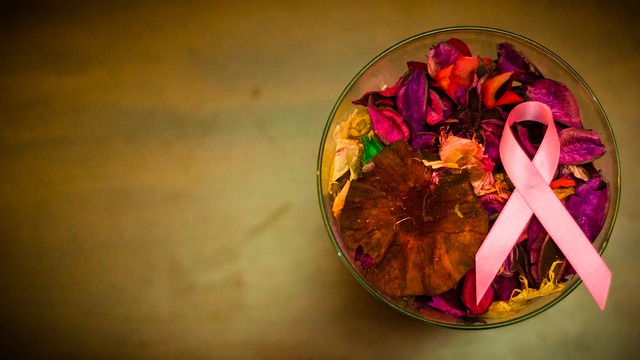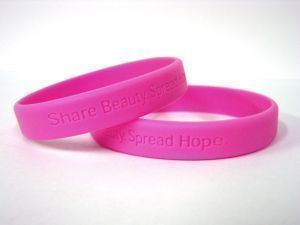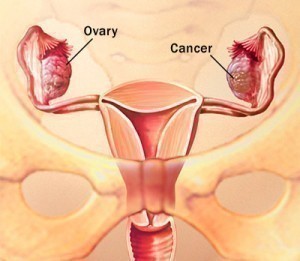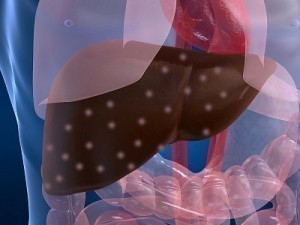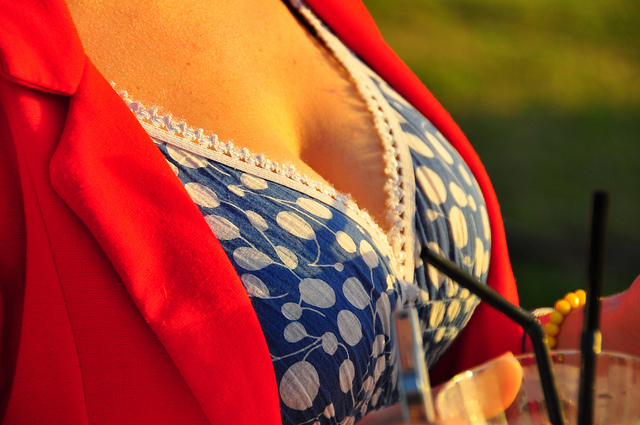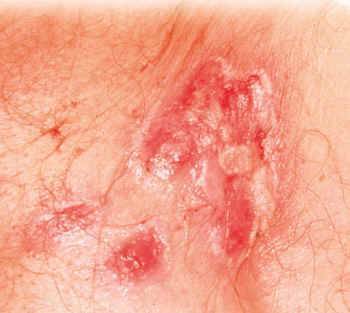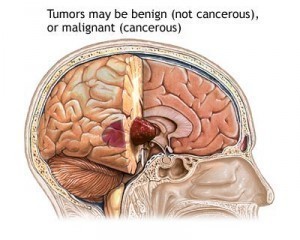15 Things You Can Do To Reduce Your Cancer Risk
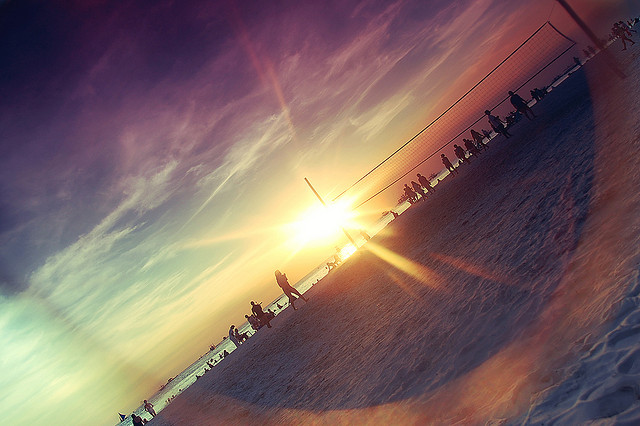 Photo by AyelVee
Photo by AyelVee
4. Reduce exposure to UV rays
Exposure to Ultraviolet (UV) Radiation is a major risk for skin cancer. Sun is the most common source of UV rays; however, man made products such as tanning beds and lamps are also a rising factor. UV rays damage the DNA of skin cells and in return causes cancer to begin in damaged genes that control skin cell growth.
There are three types of UV rays:
A. UVA rays – These are mostly found in tanning beds. These rays are linked to long term skin damage such as wrinkles but also play a role in some skin cancers.
B. UVB rays – These rays have slightly more energy that UVA rays and are the main cause for sunburns. They are also thought to be the main rays that cause cancer.
C. UVC rays –They have more energy than UVA rays as well as UVB rays but do not get through our atmosphere and are not considered a cancer causing agent.
While UV rays have different strengths, none are considered safe. There are a number of things that will effect just how dangerous the rays are.
1. Time of Day – They are the strongest between 10am and 4pm.
2. Season – They are stronger during the spring and summer seasons.
3. Distance from the Equator – The risk is reduced the farther from the equator that you are.
4. Altitude – Larger amounts of UV rays reach the ground at higher altitudes.
5. Cloud cover – Some clouds help block UV rays while others help reflect them. It’s important to understand that clouds do not protect you from the harmful rays.
6. Reflection – UV rays can reflect off of surfaces such as water, sand, snow, pavement, and grass which results in higher exposure rates.
Most skin cancers can be detected early if skin exams are done regularly. It is recommended that self-exams in combination with doctor exams are performed routinely.
